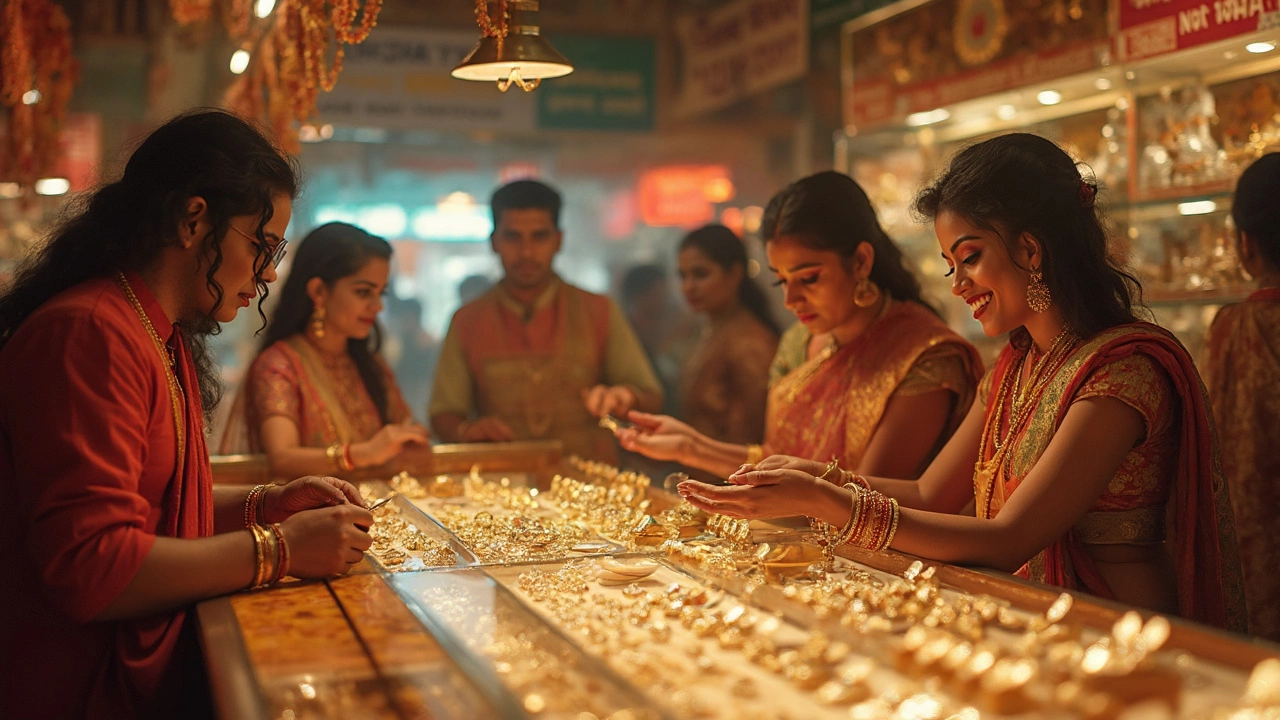Diamond Pricing: How Much Do Diamonds Really Cost?
When looking at Diamond Pricing, the amount you pay for a diamond based on its characteristics, market trends, and location, it’s easy to feel lost. Also known as diamond cost, it changes with factors like the stone’s carat, cut, color, and clarity. Understanding these pieces helps you spot a fair deal whether you’re shopping in India, the USA, or online.
Key Factors that Shape Diamond Pricing
One key driver is Diamond Certification, an independent lab report that grades the 4Cs and verifies authenticity. Reputable labs such as GIA or IGI give you a trusted reference point, meaning you can compare prices across sellers with confidence. Another core factor is the Carat Weight, the actual mass of the stone measured in hundredths of a gram. Bigger carats usually command higher per‑carat rates, but the price curve isn’t linear; a 1‑carat stone can cost significantly less per carat than a 2‑carat one.
The Cut Quality, how well a diamond’s facets are proportioned to reflect light often has the biggest impact on visual sparkle. A brilliant‑cut diamond can appear larger and more vibrant, allowing you to pay a lower price for the same visual effect. Equally important is the Color Grade, the degree of whiteness, ranging from D (colorless) to Z (light yellow). Near‑colorless stones (G‑J) often give the best value‑for‑money balance.
When you compare Diamond Prices India vs USA, the headline numbers can be surprising. Indian markets, especially Surat—the world’s diamond‑cutting hub—benefit from lower labor costs and a massive supply chain, often driving retail prices down 10‑20 % compared to the United States. However, import taxes, hallmarking fees, and varying certification standards can narrow that gap. In the USA, higher overhead and stricter consumer protection laws sometimes push prices up, but buyers also enjoy a broader selection of certified stones and transparent pricing tools.
Today's buyers also watch market trends like seasonal sales, online flash discounts, and the rise of lab‑grown diamonds, which undercut natural stone prices by up to 40 %. Knowing when to act—during festival seasons in India or after major holiday sales in the US—can shave thousands off your bill. Finally, keep an eye on currency fluctuations; a stronger rupee or weaker dollar can shift the cost equation overnight.
Armed with these basics—certification, the 4Cs, regional price dynamics, and timing strategies—you’re ready to dive deeper. Below you’ll find articles that break down each factor, spotlight Surat’s role in the global market, and share real‑world tips for scoring the best deal whether you’re browsing online or visiting a local jeweler.
